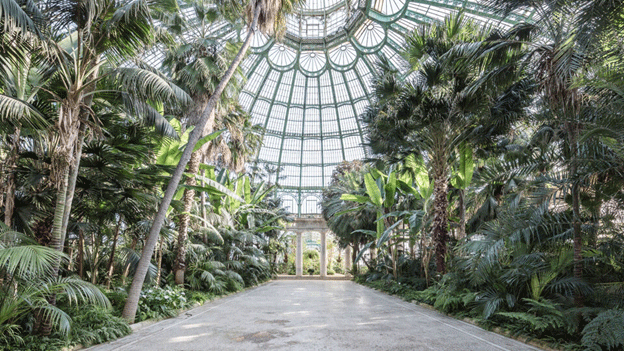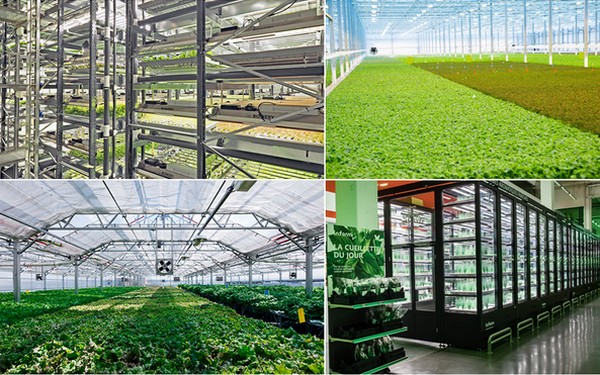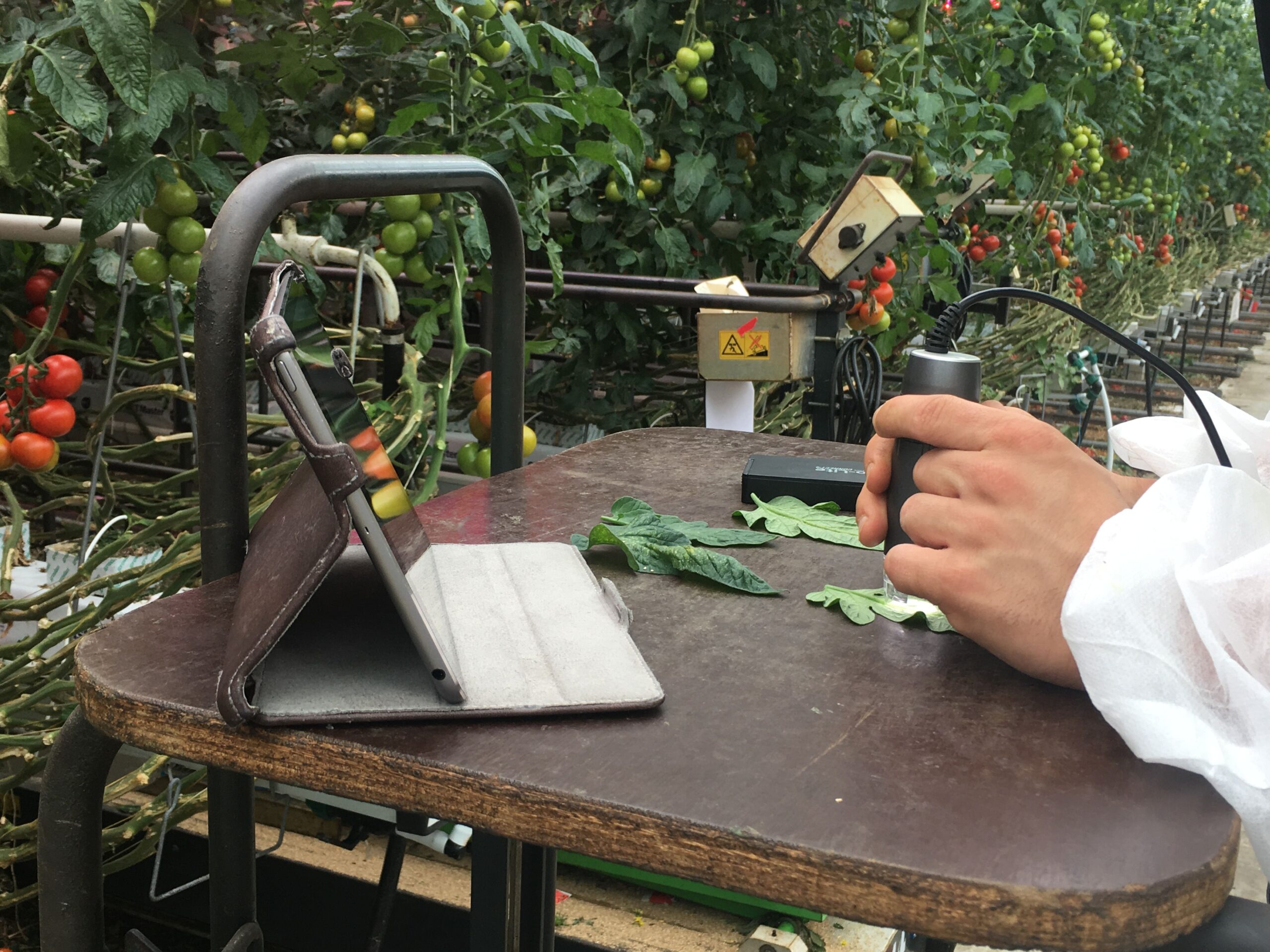The Royal Greenhouses of Laeken, located on the grounds of the Belgian royal family’s residence near Brussels, have opened their doors for the 2025 public visiting season. Stretching across 2.5 hectares, these monumental structures are not only an architectural marvel but also a symbol of Europe’s botanical heritage. Built between 1874 and 1895 under the direction of architect Alphonse Balat, the teacher of Art Nouveau master Victor Horta, the greenhouses were envisioned as a “glass city” nestled in a hilly park.
This year’s opening, running from April 18 to May 11, is especially significant. Visitors will have a final opportunity to see the monumental Winter Garden, the largest and most impressive structure in the complex, before it undergoes a multi-year renovation.
A Rare and Timed Invitation
Public access to the Royal Greenhouses is restricted to just a few weeks each spring, when the greenhouses are filled with blooming camellias, azaleas, orchids, and exotic palms. There are two visiting routes:
- A short 2 km route that takes guests inside the greenhouses
- A longer 3 km route, which begins in the outdoor palace gardens, offering views of the greenhouses from afar and access to sites like the temple ruins and rose arch by the pond
Due to the impending closure of the Winter Garden and strong interest in Belgium’s royal history, heavy visitor traffic is expected. Tickets can be reserved online through the official Royal Greenhouses of Laeken website — advance booking is strongly recommended.
Why the Winter Garden Needs Saving
Constructed in 1874, the Winter Garden is a towering steel-and-glass dome housing towering palms and subtropical trees, many of which are over a century old. As the centerpiece of the entire greenhouse complex, it showcases 19th-century Belgian engineering and botanical ambition. However, after 150 years, the structure is showing its age.
According to the Royal Palace, the Winter Garden suffers from:
- Water leaks leading to corrosion and rust
- Missing mosaic tiles
- General structural degradation requiring urgent attention
Renovation work will begin immediately after the public viewing period ends in May 2025 and is expected to last for several years. During this time, many of the plants — including historic palms — will remain in place. The challenge will be to preserve the delicate microclimate and avoid replanting these heritage species, some of which cannot be easily relocated due to size, age, or sensitivity.
Botanical preservation in such conditions requires innovation. As seen in similar historical restorations — such as London’s Kew Gardens’ Temperate House, which underwent a £41 million restoration completed in 2018 — protecting mature greenhouse plants during structural work demands creative insulation systems, microclimate management, and specialist horticultural oversight.
More Than a Historic Site — A Living Botanical Legacy
While the Royal Greenhouses of Laeken are undeniably a cultural and architectural treasure, they are also a living laboratory. The plant collections include species from Africa, Asia, South America, and Oceania, representing Belgium’s historical ties with global botany and colonial-era plant expeditions. Many of the camellias, planted by King Leopold II himself, are among the oldest in Europe.
Preservation of the Laeken greenhouses is part of a wider trend: the recognition of historical greenhouses as critical assets for botanical heritage, climate education, and sustainable horticulture. According to the European Botanic Gardens Consortium, historic greenhouses remain vital for genetic conservation and as climate-controlled environments for rare and endangered species.
The Royal Greenhouses of Laeken stand at a historic juncture — opening for one last season before a crucial restoration of their crowning jewel, the Winter Garden. For horticulturalists, engineers, and plant lovers alike, this is more than a tourist event; it’s a chance to witness the living legacy of 19th-century greenhouse design and reflect on the future of botanical preservation. As restoration begins, so too does a new chapter for one of Europe’s most stunning glass-and-steel gardens.










